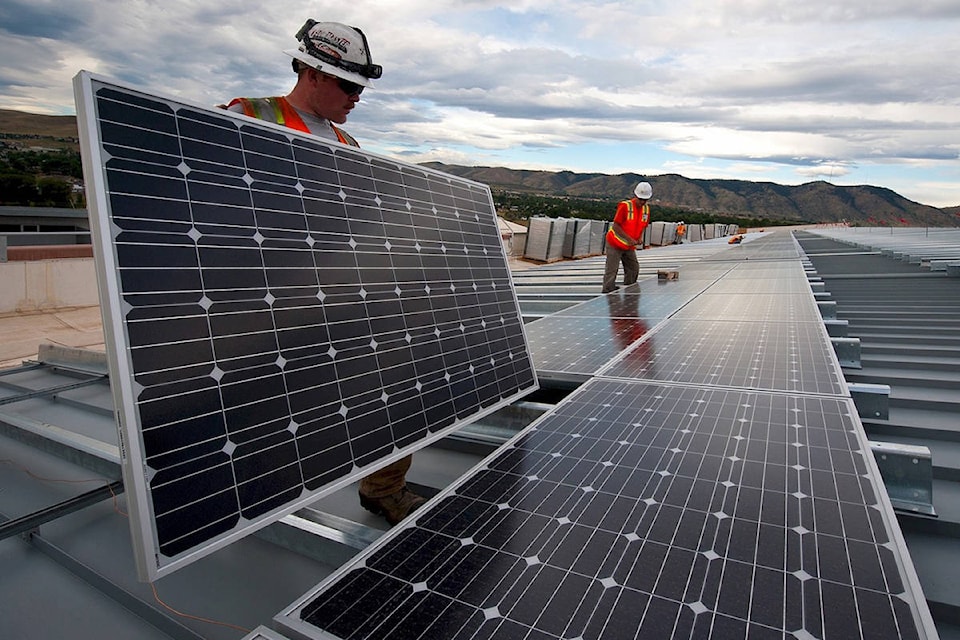There are a number of ways to store solar energy. For example: underground water reservoirs, bore holes in the earth, or concrete mass in buildings as well as a variety of salts.
In California, solar thermal energy is collected through the day and stored so that electricity can be produced during the period of peak demand (after sunset) which has usually used natural gas to supplement the usual sources of hydro electric or photovoltaic cells.
Research is ongoing to test a variety of storage sources including molten salts. The advantage of salts is they could be used on site where drilling or water sources are not economical. They lose only about one degree of heat a day, so it is possible to store — and top up — this thermal energy for months.
As described above it is more profitable to use the stored energy daily; to get paid for the daily and nightly deliveries of electricity. It is possible to size thermal solar energy storage capacity relative to the solar panels that harvests the sunlight, so that it can be stored for months. The salts are very stable and can be heated and cooled daily for at least 30 years or more. Using salts for heat storage is not new, Dr. Maria Telkas, University of Delaware, proved that Glauber’s Salt technology was sound and economical some 30 years ago and has been successful in Europe because their fossil fuel costs are much higher than here.
READ MORE: Building soil health through biodiversity
Without the huge subsidies for fossil fuels solar designs and phase change materials make tremendous logical sense when you do the math. For example, stone and brick have about 0.2 cal/gram/deg Celsius heat capacity.
The different mixtures of Glauber’s salts, have about 50 to 80 cal/gram during the phase change compared to water which is one cal/gram/deg. This allows salts to be used effectively for space heating in single family homes especially ones designed to use passive solar heat.
Using solar thermal power has a number of advantages over existing sources including the relatively clean hydro electric power. Hydro not only uses some of our most valuable valley lands, the remote dams often mean expensive power lines which are prone to disruptions from ice storms like the one in Quebec and possibly terrorist attacks.
All of the fossil fuel use requires costly and dangerous / polluting methods of processing and transportation in addition to the green house gas problems. These mega projects often have huge cost over runs like the recent increased estimate of the oil pipeline.
In contrast solar thermal systems can be designed for communities or single business and / or residents which can be close to self sufficient, off the grid and more immune to the constant threat of increasing monthly costs.
The government could help out with more realistic estimates of energy costs including the use of incentives and penalties to encourage less polluting solar systems. One factor that is often missed is the negative impact on health especially from coal use.
A recent study of the improved consequences of converting coal generation with new shale gas has shown that an area in the U.S. where coal plants were phased out there were 26,000 less pollution related deaths. The study showed the crops did much better as well with 570-million more bushels of a variety of crops produced following conversions of coal to gas.
Jim Hilton is a professional agrologist and forester who has lived and worked in the Cariboo Chilcotin for the past 40 years. Now retired, Hilton still volunteers his skills with local community forests organizations.
Do you have a comment about this story? email:
editor@wltribune.com
Like us on Facebook and follow us on Twitter.
